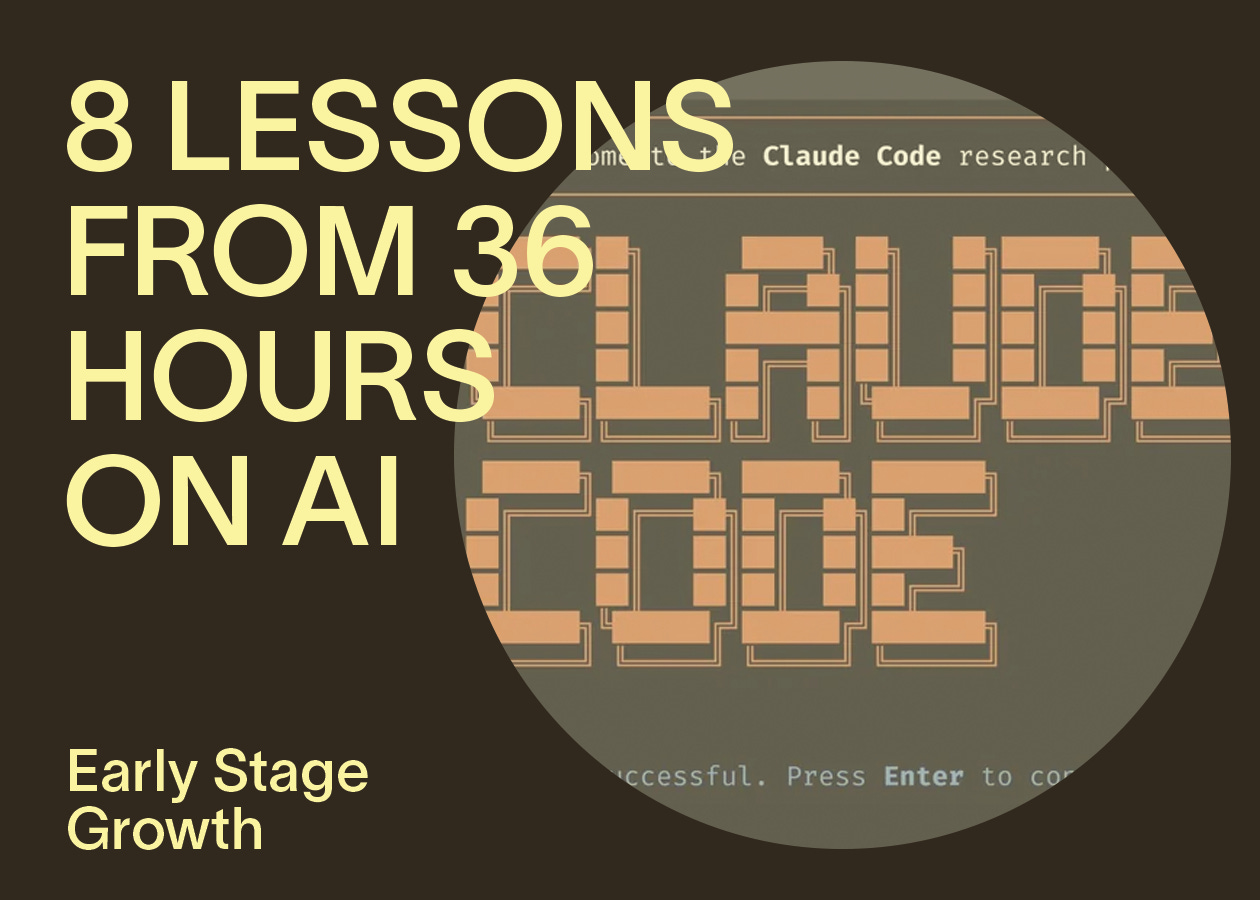AI is everywhere – but are you actually using it?
Last week, two of us spent two days in deep AI work time.
AI is now the most frequent conversation topic of anyone in business I know now. One of our copywriters Mark said to me recently that “every conversation eventually turns to AI”. It’s become the modern Godwin’s Law.
There is a mixture of excitement and anxiety.
The AI influencer community is already in full swing accelerating that anxiety. If you believe …



